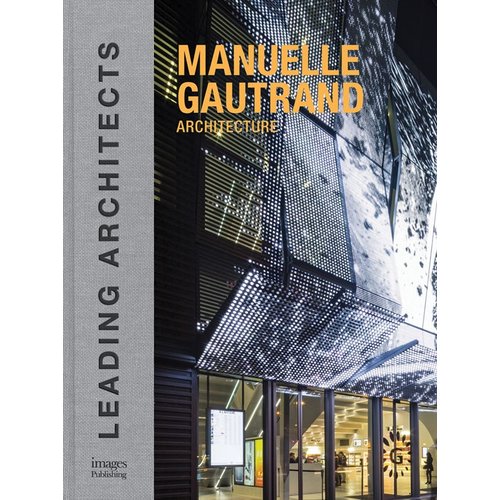
Designed by Willard T. Sears, the building’s unassuming exterior betrays nothing of its interior oasis of exotic plants, ornate architecture, and world-class artwork. Mrs. Gardner traveled extensively in Europe during the late 1880s and designed her museum’s interior to resemble an Italian palazzo. At the museum’s heart is a glazed courtyard containing a lush garden filled with statues.
“The courtyard is a place of contemplation and a place to find solace,” says Pieranna Cavalchini, curator of contemporary art at the Isabella Stewart Gardner Museum. “It’s also a comfort to know that if you come back after 3 months, or even 20 years, it will still be there just as you left it. That’s so rare because everything is always changing today, especially in this country where we are incredibly mobile. It’s a comfort to know that, even in this crazy, crazy world, some things don’t change.”
In building the collection, Mrs. Gardner sought to acquire one or two works by each of the world’s finest artists including Michelangelo, Fra Angelico, Matisse, Degas, and Whistler. There’s also an insouciant portrait of Mrs. Gardner herself, painted by John Singer Sargent in 1888. And, interspersed throughout the museum, you’ll find anonymous architectural bits and bobs that Mrs. Gardner salvaged from Europe’s old houses to incorporate into her own.
To keep things fresh, since 1992 the Gardner has hosted an Artist-in-Residence program that allows contemporary visual artists, musicians, composers, poets, and other creative people to live and work at the museum—giving demonstrations of their creative process and displaying their works. The museum also features concerts by its own Gardner Chamber Orchestra and by classical groups from around New England. These events typically occur on Sunday afternoons or Friday evenings, although if you’re lucky you might catch the musicians rehearsing on weekdays.
“The Gardner is a place to go and forget you’re in this world and be transported to another time,” says William Stover, assistant curator of contemporary art for the Museum of Fine Arts. “The concert series, especially, gives you the fantasy of Mrs. Gardner and her friends listening to the same music in the same room 100 years ago.”
The Harvard Art Museums
When people think about Harvard’s art museums, they tend to picture only the largest one: the Fogg Museum. But this is missing two-thirds of the Harvard Art Museums, which include the Fogg, the Busch-Reisinger Museum, and the Arthur M. Sackler Museum. One admission ticket gets you into all three, which are located within steps of each other on Quincy Street in Cambridge, Massachusetts, in the heart of the Harvard University campus.
The Fogg is the largest of the three, which is probably why it gets the most attention. Like everything at Harvard, it’s set a lofty goal for itself: to represent the history of Western art from the Middle Ages to the present. The Fogg is heavy on Renaissance and Impressionist paintings, but it also succeeds in giving the grand art tour it promises. Highlights include a self portrait by Vincent van Gogh and a strong selection of American Modern paintings. The Sert Gallery—located next door in the Carpenter Center for the Visual Arts, the only building in North America designed by Le Corbusier—shows contemporary work.
The Busch-Reisinger, also adjacent to the Fogg, focuses exclusively on art created by German-speaking cultures and so, as you might expect, it boasts a fine collection of Bauhaus works, such as drawings by architect Walter Gropius, who taught at Harvard after leaving Germany in the 1930s. The Sackler houses Islamic, Asian, and Indian art—including one of the finest collections of Chinese bronzes and jade this side of the Pacific Ocean.
Although the Fogg lacks air conditioning and is in need of a physical upgrade—which is slated to begin in 2008—if you can overlook this, you’ll be in for a treat visiting it and the other Harvard Art Museums. They’re less crowded than either the Museum of Fine Arts or the Isabella Stewart Gardner, the admission price is much easier on the wallet, and, taken as a whole, their collection is almost as diverse.
The museums’ best kept secret is that visitors can literally have a hands-on experience with the art. The Fogg’s Agnes Mongan Center for the Study of Prints, Drawings and Photographs contains roughly 80,000 prints, drawings, and photographs that docents will bring to you for individual study: Rembrandt watercolors, Durer prints, and Mathew Brady photographs. You don’t need an appointment, although you should call ahead to make sure the center will be open when you plan to visit. The Busch-Reisinger offers a similar study center.


Post a comment to this article
Report Abusive Comment